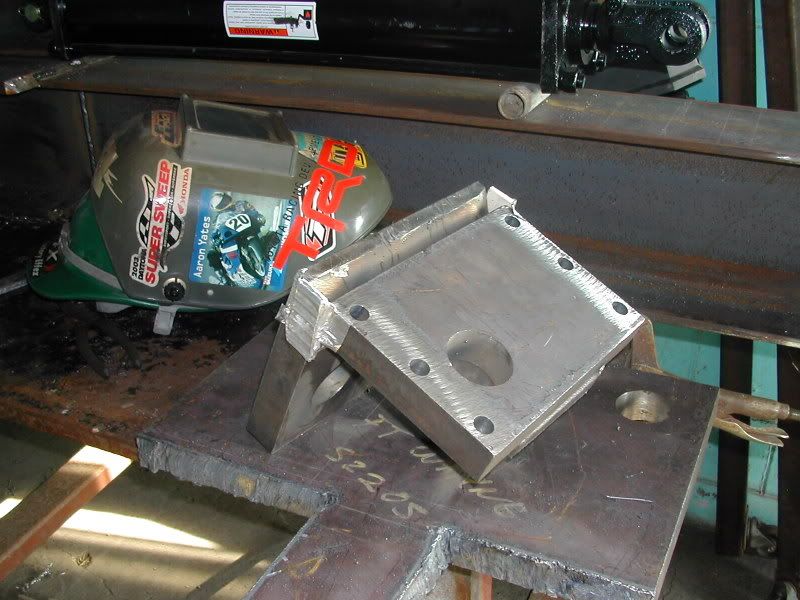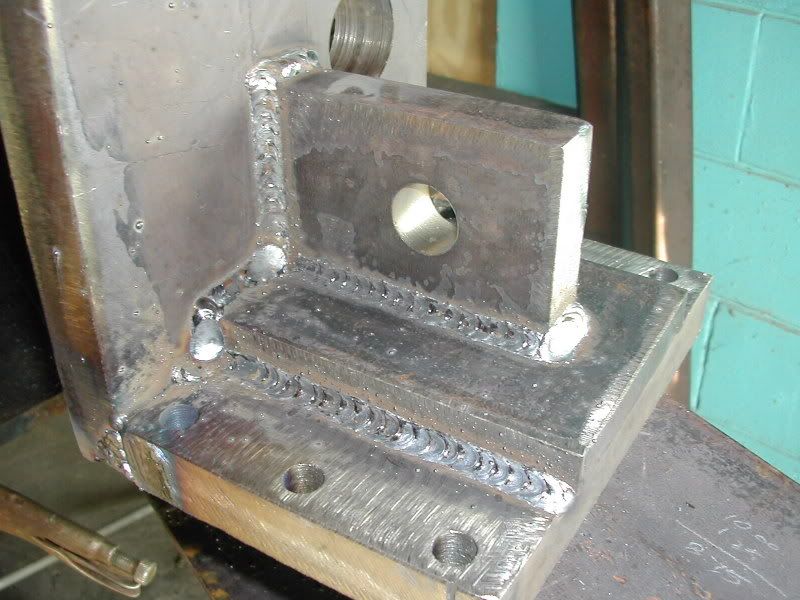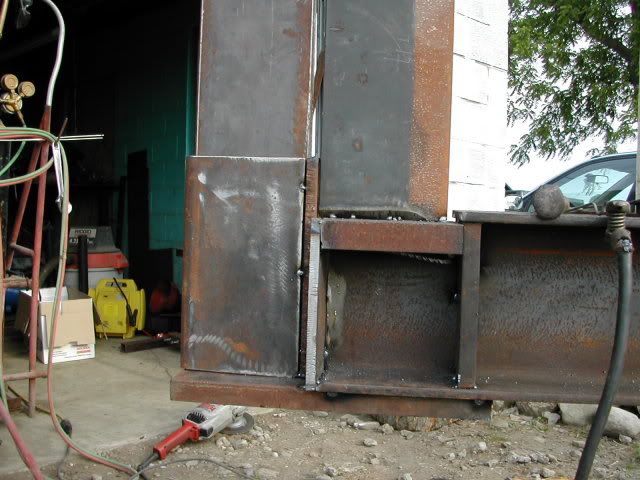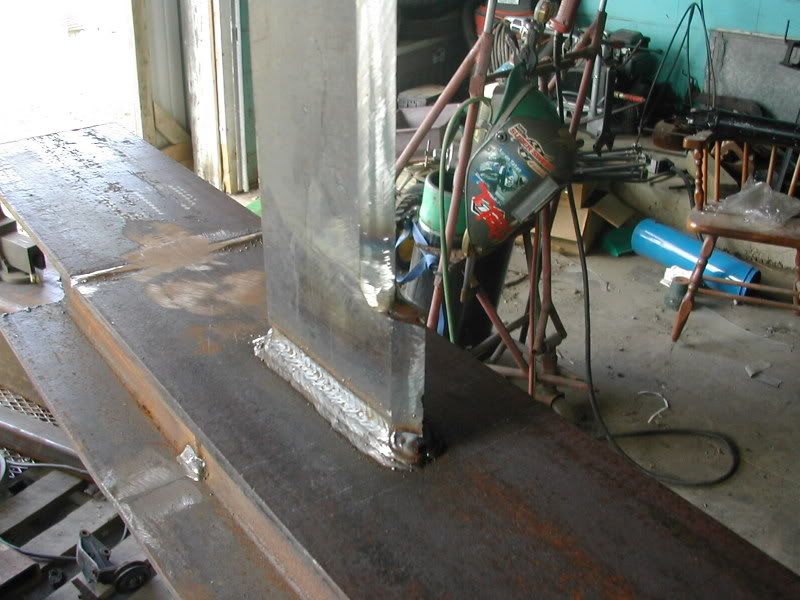freemind
ArboristSite Guru
O.K. Guys, educate me a bit. Why is verticle up preferred over verticle down? I took a welding class a long time ago, and with the first rods the instructor gave us he said: "Now take your hammer and chip off all the flux. Once you can strike and keep an arc going, will I let you weld with coated rods." At the time we were all pissed, but in retrospect I can see his reasons.
I don't consider myself a welder, but I can stick steel to steel and aluminum to aluminum and not have them come apart. :msp_tongue:
My MIG vert down welds look prettier than vert ups.
Vertical up welds get deeper penetration. Downs get the lest penetration and are actually the weakest welds you can make.









 Then the next box... mexico. I tried everything. Best I could manage was a couple of inches at a time. Frustrating.
Then the next box... mexico. I tried everything. Best I could manage was a couple of inches at a time. Frustrating.